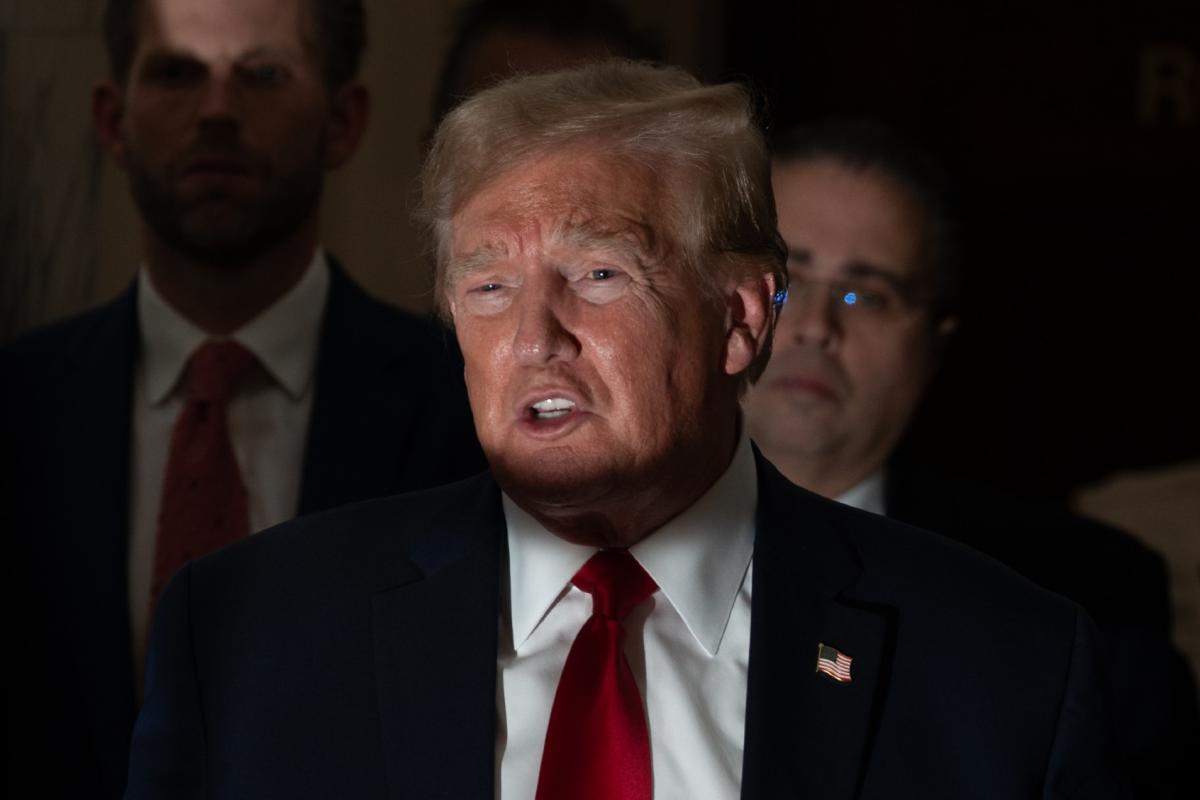Earlier this week, the Israeli government presented evidence at the United Nations about rape and mutilation committed by Hamas militants during the attack on October 7th, in which more than twelve hundred people were killed. “I was called down on October 7 to collect bodies and remains from the terror attack,” Simcha Greinman, a volunteer medical worker, said. “I saw in front of my eyes a woman. She was naked. She had nails and different objects in her female organs. Her body was brutalized in a way that we cannot identify her, from her head to her toes.” An Israeli police superintendent shared testimonies from eyewitnesses, including one who saw girls with broken pelvises from “repetitive rapes.”
While some accounts of the horrific violence have now been corroborated by reporting from the BBC and other news agencies, one of the first comprehensive examinations of the sexual and gender-based violence on October 7th was conducted by a nonprofit called Physicians for Human Rights Israel, whose mission is to combat medical discrimination and improve access to health care in Gaza, the West Bank, and Israel. In a position paper, published last month, the organization called for an investigation into “widespread” sexual violence. “Based on the currently available information and the accounts indicating that sexual and gender-based violence occurred across several locations,” the report states, “an inquiry must be conducted to examine whether their scope and manifestations amount to crimes against humanity under international humanitarian law.” (The Israeli government has criticized the United Nations, saying its women’s-rights agency remained silent about the accusations of sexual violence until almost two months after the attack. Hamas has denied that its fighters committed sexual violence.)
I recently spoke by phone with one of the paper’s authors, Hadas Ziv, who is the director of ethics and policy at Physicians for Human Rights Israel, and who lives in Tel Aviv. During our conversation, which has been edited for length and clarity, we discussed why gathering information about sexual violence perpetrated on October 7th has been so difficult and contentious, how the report was put together, and the importance of collecting horrific stories to insure that survivors receive proper care.
What do we know about the sexual violence that occurred on October 7th?
Our position paper is based on materials that we collected from public media outlets and videos that we saw in groups on Telegram, as well as discussions with a legal adviser and a doctor who volunteers with a civil-society group that’s supporting the hostages and the families. We haven’t interviewed actual witnesses.
What I can say with a really high degree of certainty is that it wasn’t a few cases. It wasn’t here and there, or only on one occasion. There were many cases of different gender-based and sexual violence, and they were in the kibbutzim and in the Nova music festival: the most extreme gang rapes, mutilation of body parts, putting objects into women’s bodies, and having women paraded like trophies when they were taken into Gaza.
You say that you have not talked to the victims themselves. Is that because most of the victims are now dead? Are there people who are still alive who you’ve tried to talk to? I know this is very bleak and complicated. I’m just trying to understand.
Our decision was not to approach the actual victims or the eyewitnesses because we thought that this was too short a time afterward, and that we were not equipped to talk to them and treat them. Every time you ask them to tell the story, it’s opening up the trauma, and we are not professionals in this. What we wanted to do in this early stage was to try to portray the picture as we see it, and not leave the women’s groups alone on this—because we thought, It’s a human-rights issue, and it’s our obligation to look at what has happened. Actually, we issued two position papers after October 7th. One was about how Hamas specifically targeted rescue teams in order to prevent evacuation, prevent treatment; they shot paramedics, and they shot the tires of ambulances. The other issue was the sexual assault.
Can you talk more about how you put this report together?
It is a unique report for us because usually we don’t work on issues like this. As far as the conflict is concerned, it’s the first time that we have analyzed the actions of Hamas, of the Palestinian militants, because usually what we do is we speak about patients in Gaza and the humanitarian situation in Gaza and freedom of movement. That’s our expertise. Now we had to take our expertise into our own society and look into what happened during the conflict. I watched a lot of videos and I asked for connections within different groups and people in the Army, who sent me photographs. Then I looked on Telegram and I went into the materials that were made public. Roni Ben Canaan, my partner on this, was experienced in gender-based violence. She came from a hotline that helps women who were victims, and now she’s working with Physicians for Human Rights.
Signup bonus from





